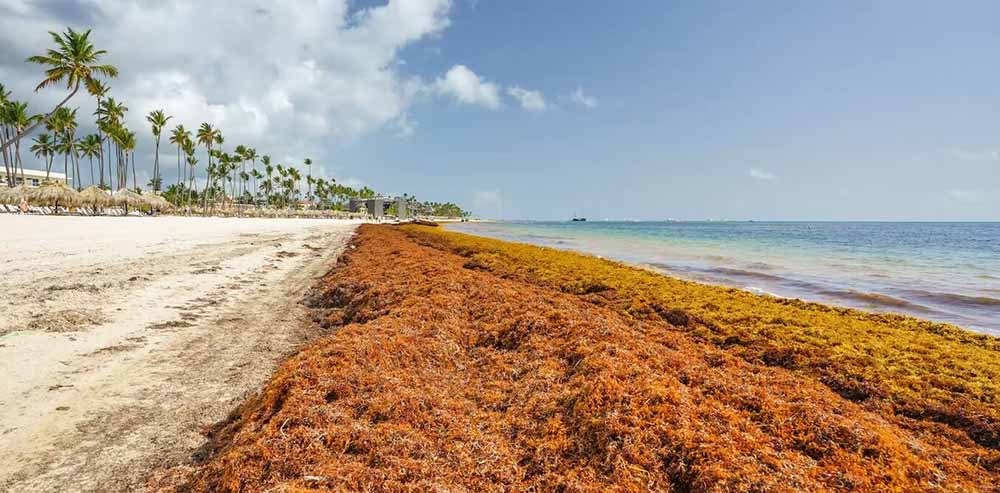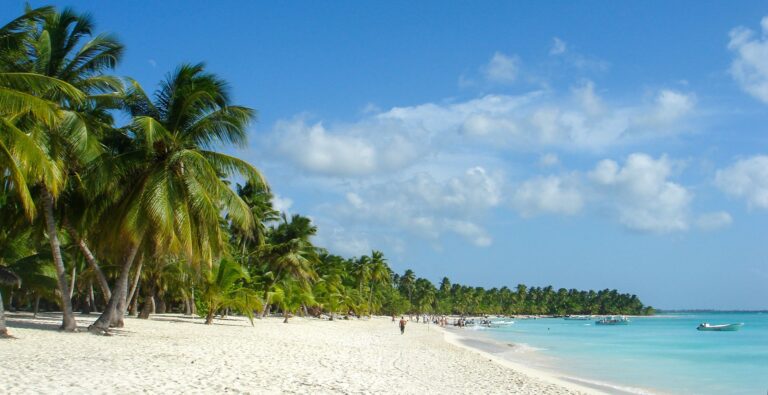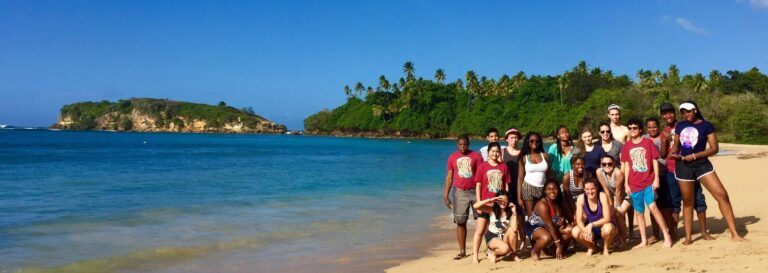The Caribbean region, famous for its pristine white-sand beaches and clear turquoise waters, has been facing a new challenge in recent years – the invasion of Sargassum seaweed. This brown macroalgae, known for its distinctive floating masses, has been washing up on the Caribbean shores in unprecedented amounts. As the sargassum crisis continues to grow in 2023, it has significant implications on the Caribbean’s tourism, environment, and local communities.
Causes of the Seaweed Surge
The massive influx of sargassum in the Caribbean has been linked to several factors, including climate change, rising sea temperatures, and nutrient-rich waters from agricultural runoff. Ocean currents carry the seaweed from the Sargasso Sea, located in the North Atlantic, to the Caribbean region. The warmer waters and higher nutrient content have created an ideal environment for the seaweed to grow and spread rapidly.
Tourism Impact
Tourism, a major source of income for the Caribbean, has been heavily affected by the sargassum invasion. The seaweed’s presence on the beaches creates an unpleasant sight and odor, discouraging tourists from visiting the region. Hotels and resorts have been spending significant resources on cleaning their beaches daily, but the problem continues to persist. This ongoing issue may lead to a decline in tourism revenue for the region in 2023.
Environmental Consequences
The accumulation of sargassum on the Caribbean shores has several adverse environmental impacts. It can lead to the smothering of seagrass beds, which serve as important habitats for various marine species. The decomposition of sargassum also results in oxygen depletion in coastal waters, creating “dead zones” that threaten marine life. Furthermore, the seaweed can trap hatchling sea turtles, preventing them from reaching the ocean and ultimately decreasing their chances of survival.
Local Communities
The sargassum invasion has had both negative and positive effects on local communities. The massive presence of the seaweed has led to the loss of income for fishers, as it can damage their equipment and make it harder to navigate the waters. On the other hand, innovative locals have started to explore the commercial potential of sargassum, turning it into a valuable resource. Some uses include converting it into biofuel, agricultural fertilizer, and even food supplements.
Combating the Sargassum Crisis
Governments, organizations, and researchers in the Caribbean are working together to find solutions to manage the sargassum problem. Strategies include developing early warning systems, utilizing satellite data to track and predict sargassum movements, and investing in research to explore potential uses of the seaweed. The development of effective methods to harvest and process sargassum could turn this challenge into an opportunity for the Caribbean in 2023.
The sargassum invasion poses a significant challenge for the Caribbean in 2023, impacting tourism, the environment, and local communities. A collaborative and innovative approach is required to combat this crisis and potentially transform it into a sustainable resource. Addressing the root causes, such as climate change and agricultural runoff, is also essential to prevent future sargassum invasions and preserve the Caribbean’s natural beauty and ecosystems.






